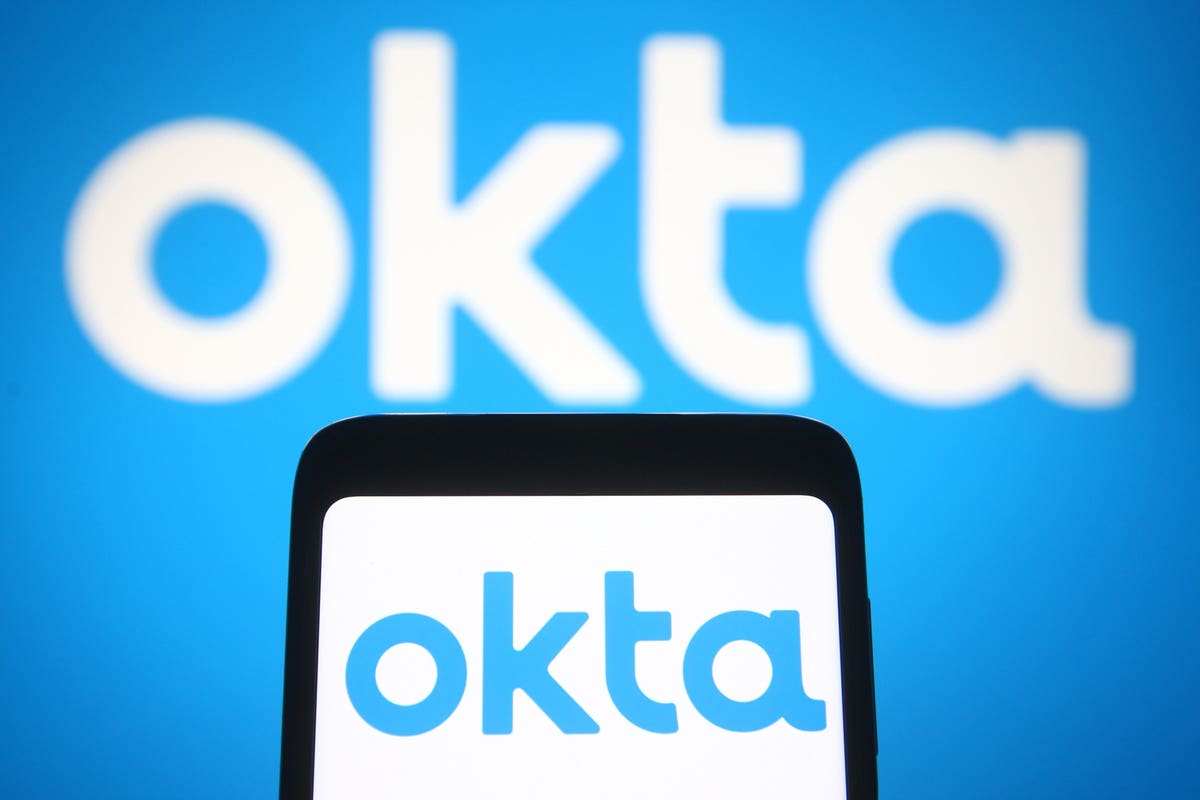How Are Digital Security Stocks Doing This Year?
UKRAINE – 2021/05/18: In this photo illustration the Okta logo of an IT service management company … [+]
Our theme of Cyber Security Stocks has gained about 43% this year, performing slightly ahead of the broader Nasdaq-100, which remains up by around 40% over the same period. While the broader tech indices have benefited from enthusiasm surrounding generative artificial intelligence, cybersecurity stocks have also done well, as investors see tailwinds following a tough 2022, which saw the theme decline by about 39%.
Interestingly, Okta
As the world becomes more reliant on interconnected computer systems, cyber attacks can disrupt economic activity, sabotage critical infrastructure, and compromise countries’ security. This is making digital security a more important investment priority for governments and businesses. There have been a series of high-profile cyber attacks on businesses in recent quarters, including a notable attack on pay TV major Dish Networks. Russia could potentially carry out more cyber attacks on Western targets as its military offensive in Ukraine faces challenges. Moreover, ransomware attacks have also risen over the past year. This should translate into a stable demand for cyber security. Research firm Gartner
Cybersecurity players are also seeing increasing interest as acquisition targets. Larger tech companies, private equity funds, and defense majors have been acquiring players in this sector, given their somewhat attractive valuations, which are down from…

